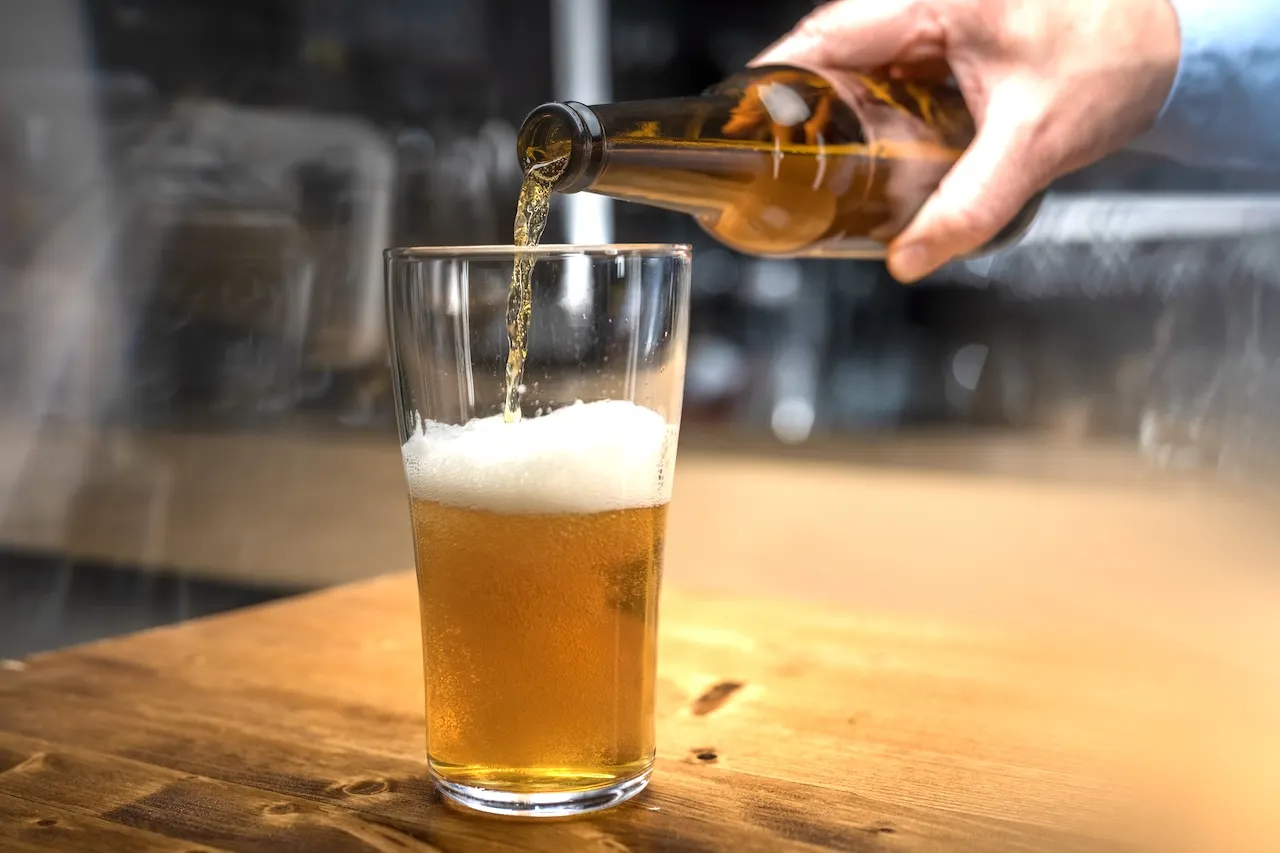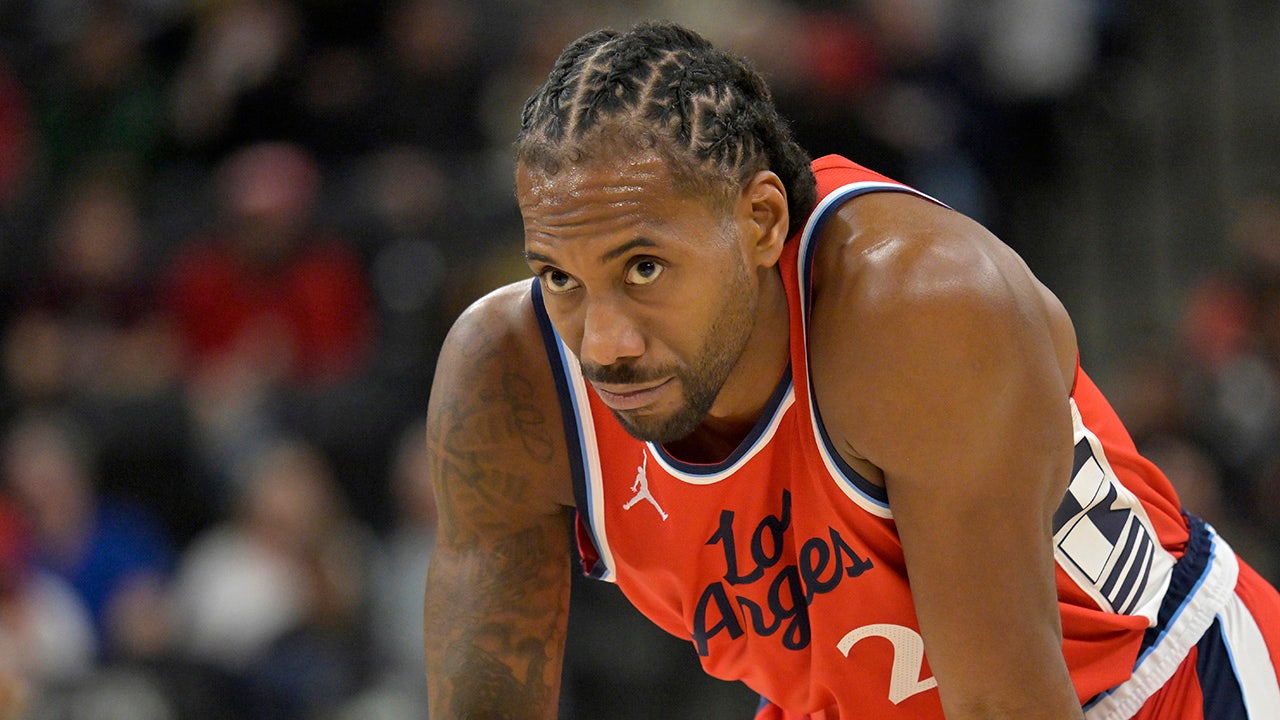On Thursday, a huge step was taken to soon make college sports as we know them changed forever.
The NCAA settled three lawsuits, including House vs. NCAA, and agreed to pay a nearly $2.8 billion settlement to athletes from 2016 to 2021 that covers back damages for the athletes who were unable to earn money from their name, image and likeness.
The five power conferences, including the Big 12 and Pac-12, agreed to terms of the settlement on Thursday. Yahoo Sports’ Ross Dellenger reported that if the NCAA lost the case, damages would have been $20 billion, which would have likely led to the NCAA filing bankruptcy, so the conferences felt it was in their best interest to settle and avoid catastrophe.
According to a letter from NCAA president Charlie Baker to member schools, obtained by Dellenger, to pay the $2.776 billion settlement over 10 years, the NCAA will use 42% of its own funds, while 58% will come from a reduction in distribution to its schools.
Power conferences will have about $664 million of distributions withheld over 10 years, per Dellenger.
While the loss of that NCAA distribution — which could work out to a reduction of 0.61% of the average Power Five school’s budget, according to Dellenger — will have some bearing on Utah’s athletic department budget, the real impact will be felt in the new proposed revenue-sharing model that is part of the settlement.
Under the settlement, schools can directly pay players up to $22 million per year, starting in fall of 2025. That number, per Dellenger, was arrived at by “us(ing) an average of power conference revenue streams as a sort-of formula to determine an annual revenue-sharing limit.”
As coaches hit the recruiting trail shortly to find their next class, questions about direct payments will surely be at the top of recruits’ minds, but those questions may not have answers right now.
How does Title IX factor into the payments? It’s not covered in the settlement.
“The settlement will allow, say, Ohio State, to share up to $20 million with its athletes. Which seems like a lot. But schools won’t be able to give all $20 million of it to the football team, lest they themselves want to be sued by their women’s sports athletes,” The Athletic’s Stewart Mandel wrote.
NIL collectives will likely still be in play as well, as the collectives operate outside of schools’ purview.
“Many within the sport believe that schools will keep their collective around for two reasons: (1) circumvent the revenue-sharing cap by using the third-party entity to offer “bonuses,” said one person; and (2) bend Title IX rules as collectives aren’t under the umbrella of the university,” Dellenger wrote.
While there’s no requirement for Utah to spend up to $22 million in paying its athletes, money will certainly be one of the biggest, if not the biggest, factor in recruits deciding where to play, and whether they stick around once they’re at Utah or enter the transfer portal.
Could player payment contracts include multi-year language, like professional sports, and prevent players from transferring before a certain time period?
“Officials are discussing a range of possibilities for athlete contracts, including implementing buyout clauses that are often found in coaching contracts,” Dellenger wrote.
There is still so much to be worked out in the coming months before fall 2025, when the new system is expected to go into effect.
What is for certain is that Utah has to find a lot more money in its budget if it wants to be competitive in this new world of college athletics.
According to financial fillings, Utah’s athletic department had a total operating revenue of $126,256,291 in the 2023 fiscal year with total operating expenses of $124,453,484, leaving an excess of $1,802,807.
Utah has done well to turn a profit at a time where some athletic departments across the country are operating at a loss, but the surplus is still well short of $22 million.
Step No. 1 will be to ramp up fundraising even more. Do fans currently donating to an NIL collective switch to donating to the athletic department to allow them to pay players directly? Will Utah’s athletic department absorb a current NIL program like the Crimson Collective, or will it continue to operate outside of the university in addition to the direct payments?
In addition to a massive uptick in donations, athletic directors across the country will have to start making cuts in the athletic department to free up money to start playing players.
What will happen to non-revenue sports? The revenue from football and men’s basketball currently covers the cost of all of the other sports Utah sponsors.
“There are concerns of the trickle-down effect these new financial requirements will have on athletic departments as well, including the possibility of schools cutting sports, athlete resources or administrative positions at both power-conference and non-power-conference schools,” Nicole Auerbach and Justin Williams of The Athletic wrote.
Cutting sports is a non-starter, though, as NCAA Football Bowl Subdivision rules require each institution to sponsor a minimum of 16 varsity sports, and Utah currently has 20 varsity sports. Even if Utah cut four sports, that’s not going to get them anywhere close to $22 million.
Utah declined to comment on the NCAA settlement at this time.







/cdn.vox-cdn.com/uploads/chorus_asset/file/25822958/010824_Nintendo_Switch_2_3D_printed_mockup_ADiBenedetto_0001.jpg)



















